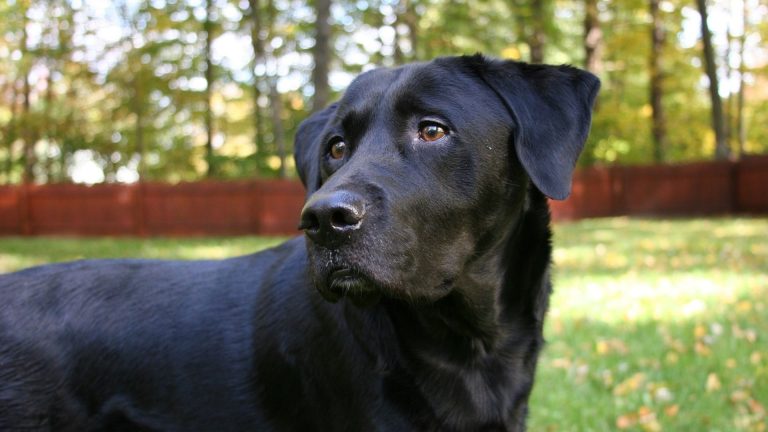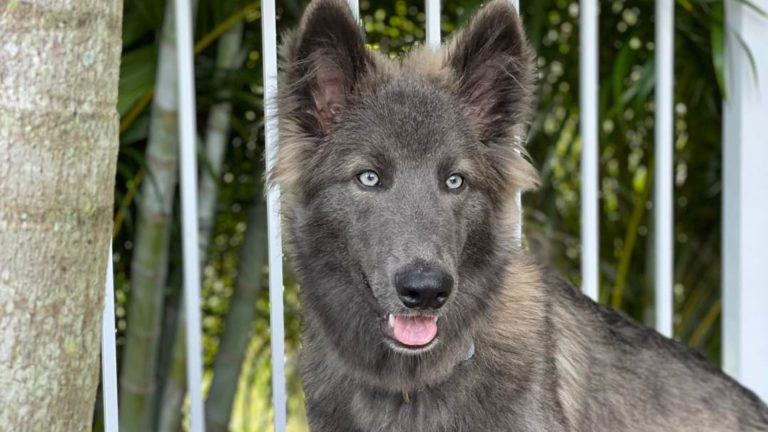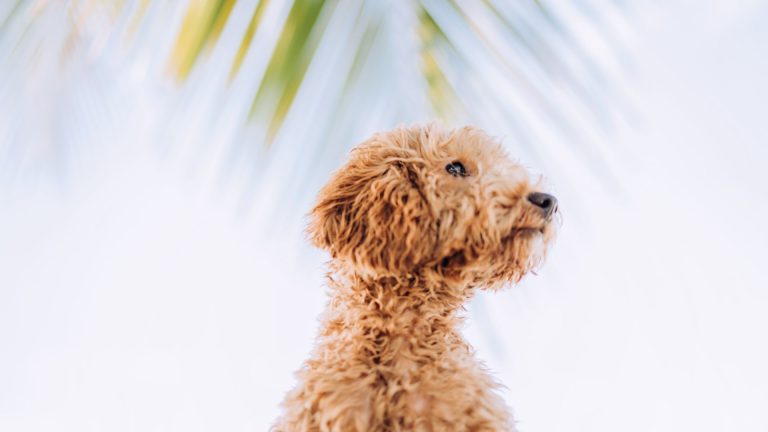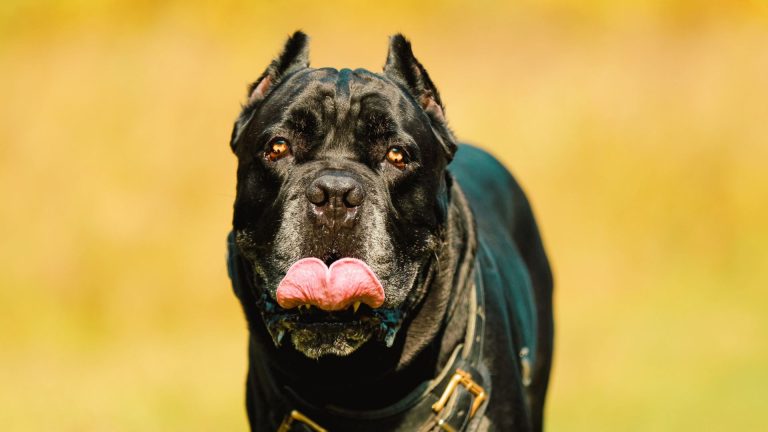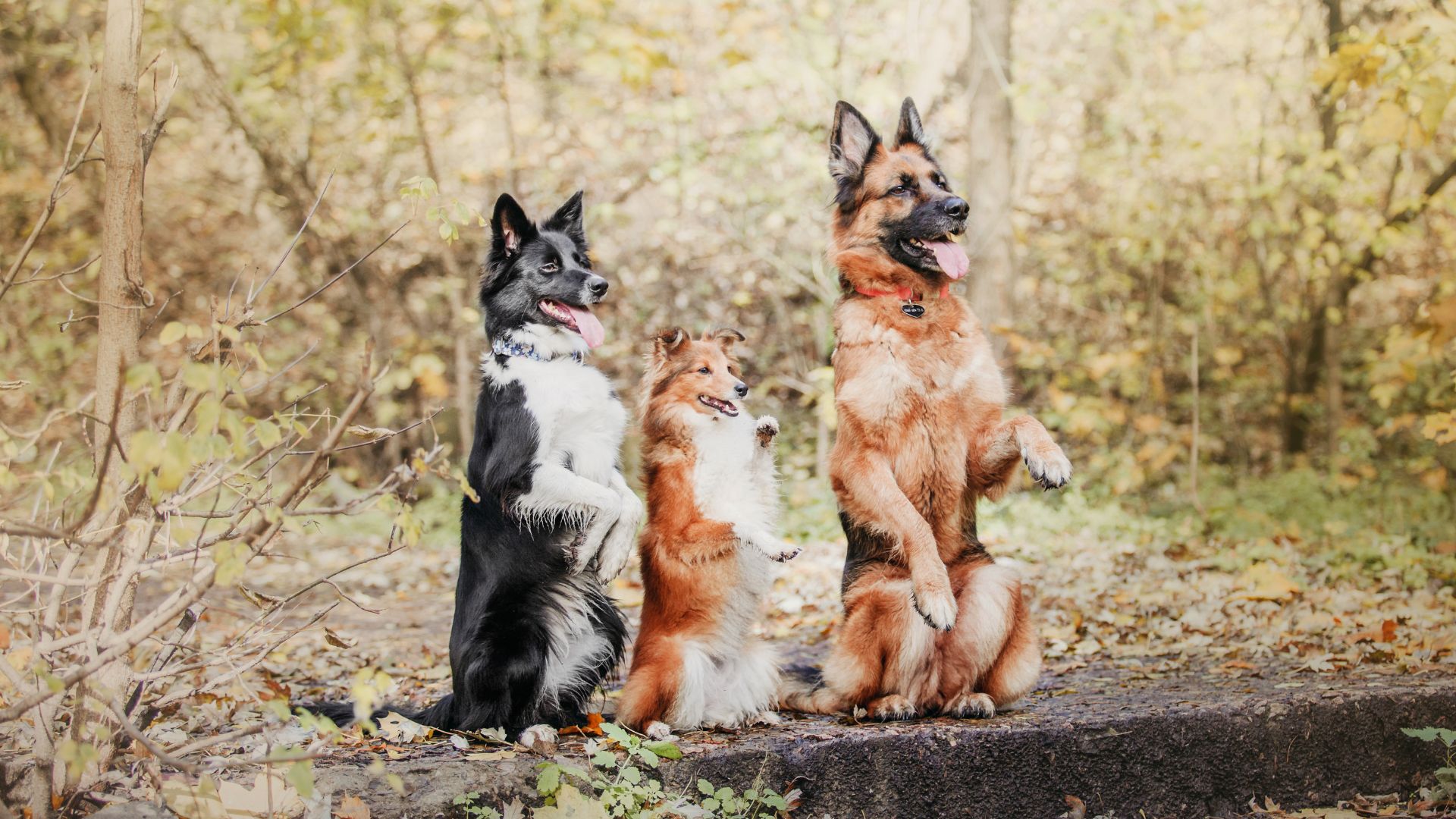
Contents
Have you ever seen a dog flawlessly follow commands? It’s amazing how some of the most obedient dog breeds can perform complex tasks with ease. These disciplined dogs are not just a joy to watch; they are also a pleasure to live with. Imagine the convenience of having a dog that responds immediately to your commands, ensuring safety and harmony in your home.
Obedience is a crucial trait in dogs. It forms the foundation for a well-behaved pet. Obedient dogs are easier to train, which means they can learn more advanced behaviors and tricks. This obedience ensures that dogs can be controlled in various situations, reducing the risk of accidents and misunderstandings. Whether it’s walking calmly on a leash, coming when called, or sitting patiently, obedience enhances the bond between you and your dog. It also makes daily life smoother and more enjoyable.
In this article, we will delve into the world of obedient dog breeds. We’ll start by understanding what makes a dog obedient and the benefits of having an obedient pet. Then, we’ll explore the top breeds known for their obedience. Each breed profile will provide insights into their history, characteristics, and training success stories. Finally, we’ll share practical training tips to help you nurture obedience in your dog. By the end, you’ll have a comprehensive guide to choosing and training the most obedient dog breeds for training success.
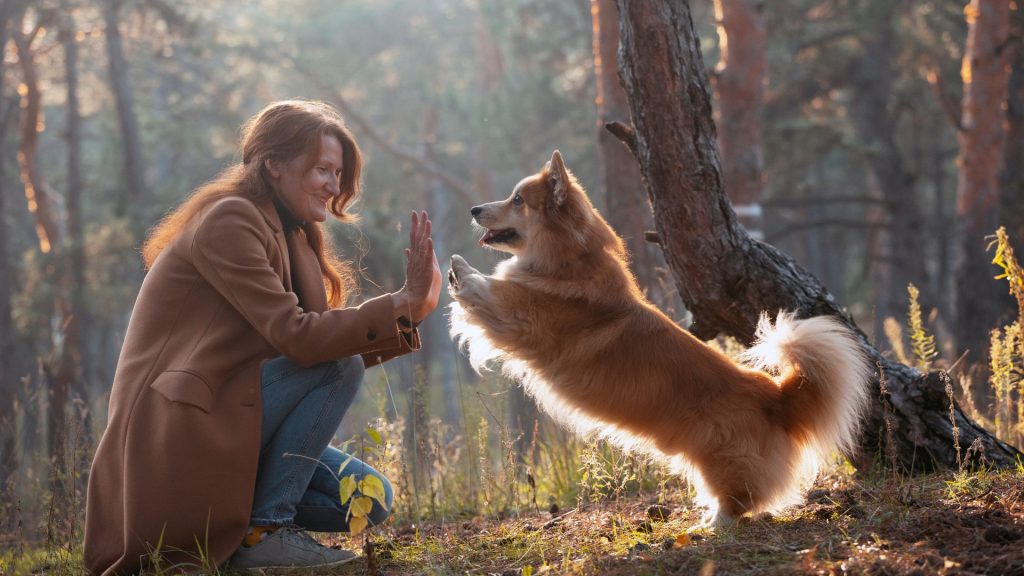
Understanding Dog Obedience
Dog obedience means a dog reliably follows commands from its owner or handler. These commands include basic ones like sit, stay, come, and heel. Obedience is more than just tricks. It’s about a dog’s willingness to listen and respond appropriately. An obedient dog understands its role in the human-dog relationship and acts accordingly.
Factors Influencing Obedience
Several factors influence a dog’s obedience. Genetics play a significant role. Some breeds are naturally more inclined to follow commands. For example, herding breeds like Border Collies have a strong instinct to obey and work closely with humans.
Training is another critical factor. Consistent, positive reinforcement techniques yield the best results. Dogs trained with rewards and praise are more likely to obey commands. Training should start early and continue throughout the dog’s life. Regular practice reinforces good behavior.
The environment also impacts obedience. A stable, loving home provides a dog with the confidence to follow commands. Dogs exposed to different environments, people, and other animals tend to be more adaptable and obedient. Socialization is key to preventing fear and anxiety, which can hinder obedience.
Benefits of Having an Obedient Dog
Owning an obedient dog comes with many benefits. Safety is a primary advantage. An obedient dog is less likely to run into dangerous situations. For example, a dog that comes when called is less likely to run into traffic or get lost. Obedient dogs are also easier to handle. They can be taken to public places without causing trouble. This ease of handling makes daily activities, like vet visits and grooming, less stressful for both the dog and the owner.
An obedient dog strengthens the bond between pet and owner. Communication is clearer, and the relationship is built on mutual respect and trust. Obedience also allows dogs to engage in more activities, such as therapy work, agility training, and competitive sports. These activities enrich the dog’s life and provide mental and physical stimulation.
In summary, obedience in dogs is about more than just following commands. It’s influenced by genetics, training, and environment. The benefits of having an obedient dog include enhanced safety, ease of handling, and a stronger bond between dog and owner.
Top Obedient Dog Breeds
When it comes to obedience, certain dog breeds stand out for their remarkable ability to learn and follow commands. These breeds not only excel in training but also make wonderful companions due to their disciplined nature.
Border Collie
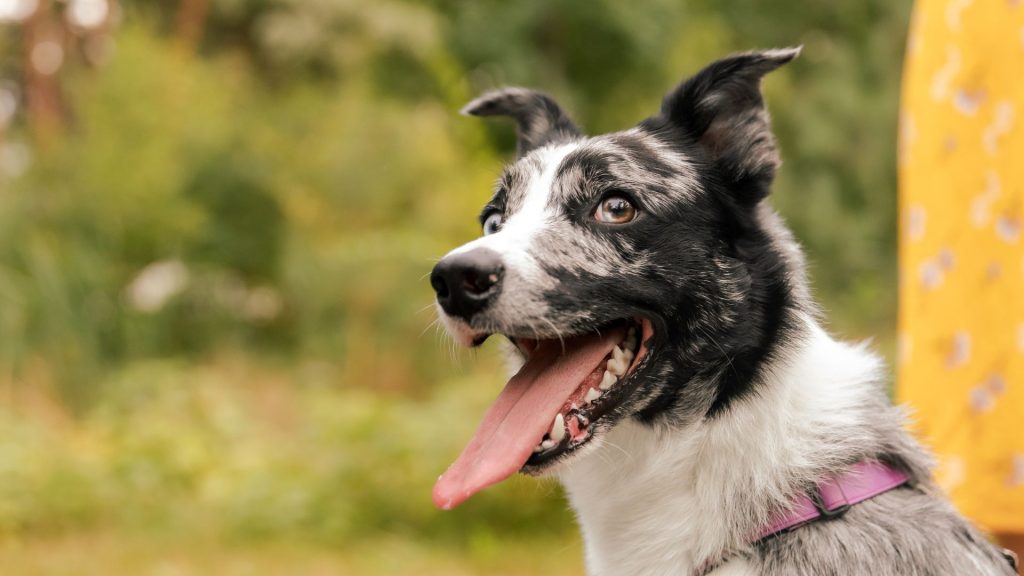
History
The Border Collie originated in the border region between Scotland and England. Bred primarily for herding sheep, this breed has a long history of working closely with humans.
Traits and Characteristics
Border Collies are incredibly intelligent and energetic. They have a strong work ethic and are highly trainable. Their keen instincts make them excellent herders and competitors in dog sports.
Training Success Stories
Many Border Collies excel in obedience trials, agility, and other dog sports. Their ability to learn complex commands quickly makes them favorites in competitive training circles.
Poodle
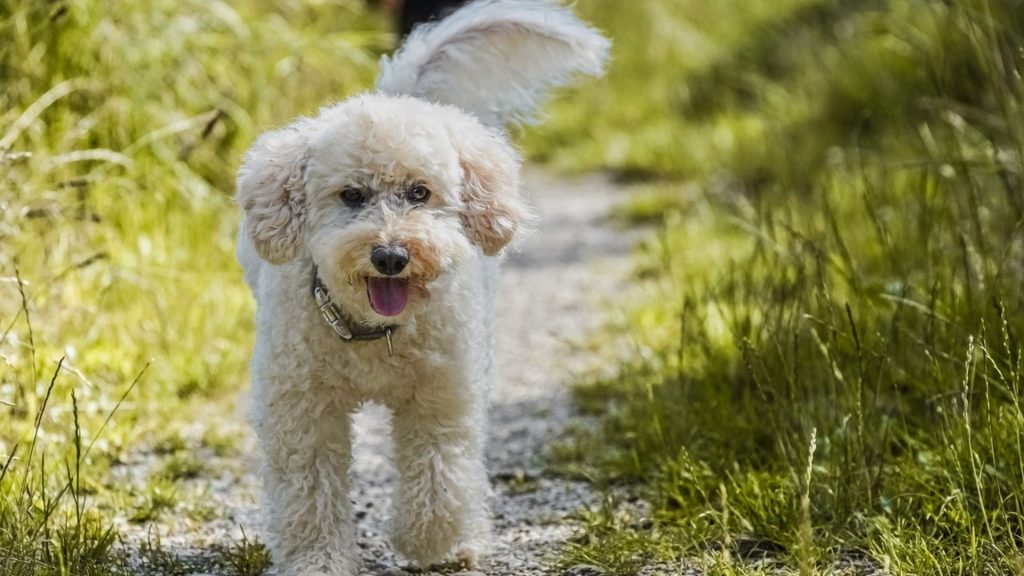
History
Poodles were originally bred in Germany as water retrievers. They became popular in France, where they were refined into the breed we know today.
Traits and Characteristics
Poodles are highly intelligent and come in three sizes: Standard, Miniature, and Toy. They are known for their hypoallergenic coats and versatility in various activities, from hunting to performing.
Training Success Stories
Poodles often excel in obedience competitions due to their quick learning and eagerness to please. They are also popular in therapy and service dog roles.
German Shepherd

History
The German Shepherd was developed in Germany in the late 19th century. It was bred for herding and guarding livestock.
Traits and Characteristics
German Shepherds are known for their intelligence, loyalty, and courage. They have a strong protective instinct and are highly trainable.
Training Success Stories
German Shepherds are widely used in police and military work due to their obedience and ability to perform complex tasks. They also excel in search and rescue operations.
Golden Retriever
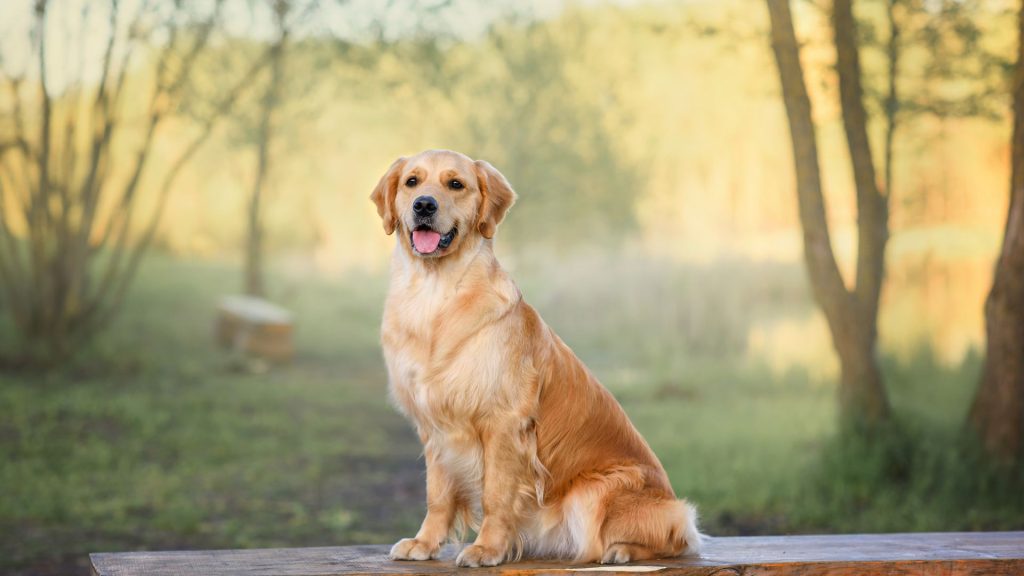
History
Golden Retrievers were bred in Scotland in the mid-19th century to retrieve game during hunting.
Traits and Characteristics
Golden Retrievers are friendly, intelligent, and devoted. They have a calm temperament and are eager to please their owners.
Training Success Stories
Golden Retrievers are often used as service dogs and in search and rescue. Their gentle nature and trainability make them excellent in obedience competitions.
Doberman Pinscher
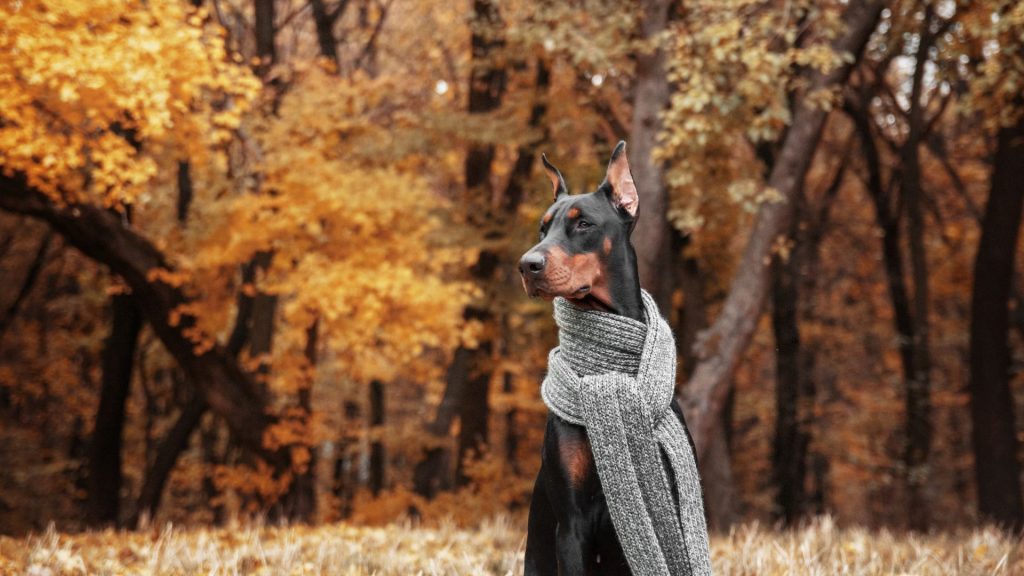
History
The Doberman Pinscher was developed in Germany in the late 19th century by a tax collector named Karl Friedrich Louis Dobermann.
Traits and Characteristics
Dobermans are known for their strength, loyalty, and protective nature. They are intelligent and require consistent training.
Training Success Stories
Dobermans are used in police and military roles due to their obedience and ability to handle stress. They also perform well in obedience and agility competitions.
Labrador Retriever
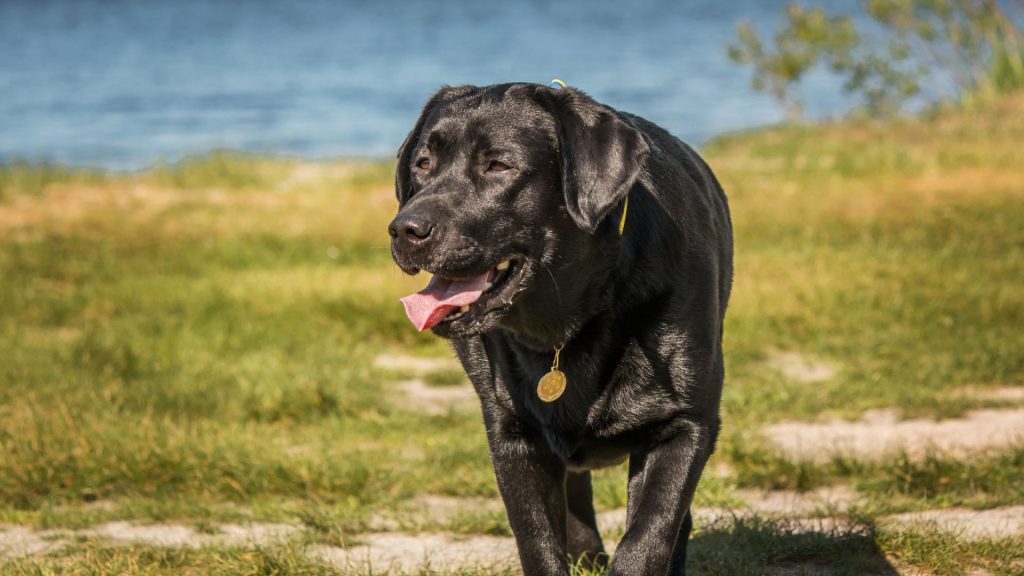
History
Labrador Retrievers originated in Newfoundland, Canada, and were initially used by fishermen to retrieve nets and fish.
Traits and Characteristics
Labradors are friendly, outgoing, and highly trainable. They have a strong retrieving instinct and are excellent swimmers.
Training Success Stories
Labradors are popular as guide dogs, search and rescue dogs, and in therapy work. Their versatility and obedience make them top performers in various roles.
Shetland Sheepdog

History
The Shetland Sheepdog, or Sheltie, was developed in the Shetland Islands of Scotland for herding sheep.
Traits and Characteristics
Shelties are small, agile, and intelligent. They have a strong herding instinct and are very loyal to their families.
Training Success Stories
Shelties excel in obedience and agility competitions. Their quick learning and responsiveness make them easy to train.
Papillon

History
The Papillon, also known as the Continental Toy Spaniel, has a history dating back several hundred years in Europe.
Traits and Characteristics
Papillons are small, elegant, and intelligent. They are known for their distinctive butterfly-like ears.
Training Success Stories
Papillons often excel in obedience and agility competitions. Despite their small size, they are highly trainable and eager to please.
Rottweiler

History
Rottweilers were originally bred in Germany for herding and guarding livestock.
Traits and Characteristics
Rottweilers are strong, confident, and loyal. They require consistent training and socialization.
Training Success Stories
Rottweilers are used in police and military work due to their obedience and strength. They also perform well in obedience competitions.
Australian Shepherd
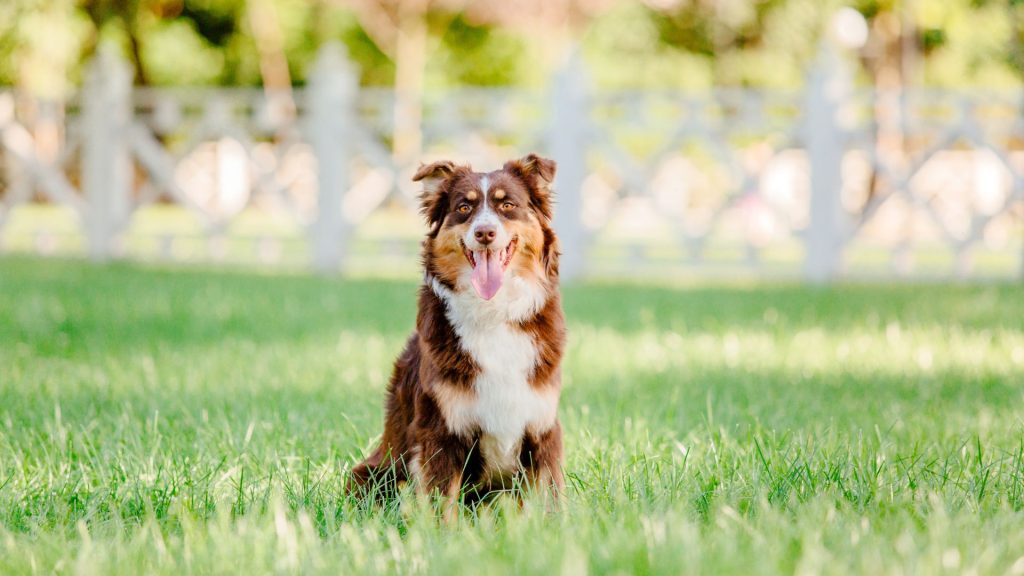
History
The Australian Shepherd was actually developed in the United States in the 19th century, primarily for herding livestock.
Traits and Characteristics
Australian Shepherds are highly intelligent, energetic, and versatile. They have a strong herding instinct and are very loyal.
Training Success Stories
Australian Shepherds excel in obedience, agility, and herding competitions. Their intelligence and trainability make them favorites among dog trainers.
Training Tips for Obedient Dogs
Training an obedient dog starts with basic techniques. Positive reinforcement is one of the most effective methods. Reward your dog with treats, praise, or toys when they perform a command correctly. This method encourages them to repeat the behavior. Start with simple commands like sit, stay, and come. Keep training sessions short, around 10-15 minutes, to maintain your dog’s attention and prevent frustration.
Another effective technique is clicker training. Use a clicker to mark the exact moment your dog performs the desired behavior, followed by a reward. This helps your dog associate the click with positive outcomes, making it easier for them to understand what you want.
Socialization is also crucial. Expose your dog to different environments, people, and other animals. This helps them become well-adjusted and less likely to develop behavioral issues.
Consistency and Patience
Consistency is key in dog training. Use the same commands and reward system every time. This helps your dog understand what is expected of them. Inconsistent training can confuse your dog and slow down their progress.
Patience is equally important. Dogs learn at their own pace, and some may take longer to grasp certain commands. Stay calm and patient, even if your dog doesn’t get it right away. Avoid punishment, as it can lead to fear and anxiety, which hinder training. Instead, focus on rewarding positive behavior and redirecting negative behavior.
Repetition is crucial for reinforcing commands. Regular practice ensures your dog retains what they have learned. Make training a part of your daily routine to keep your dog sharp and responsive.
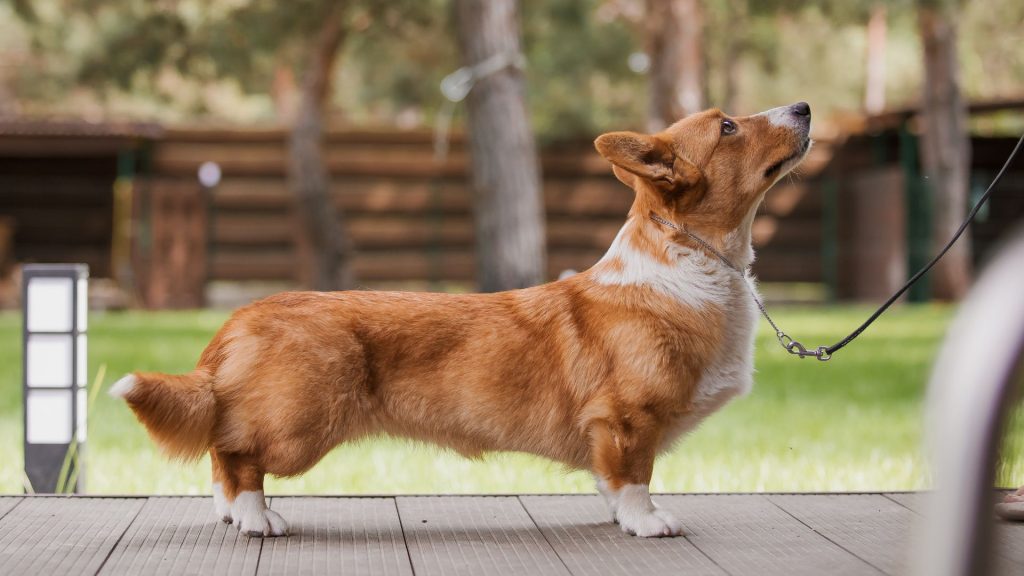
Professional Training Resources
Sometimes, professional help is needed to train an obedient dog. Many excellent resources are available to guide you.
Books: “The Art of Raising a Puppy” by the Monks of New Skete and “Don’t Shoot the Dog!” by Karen Pryor are highly recommended. These books provide comprehensive guides on training techniques and understanding dog behavior.
Courses: Online courses, such as those offered by the American Kennel Club (AKC) and the Association of Professional Dog Trainers (APDT), provide structured training programs. They cover everything from basic obedience to advanced training.
Trainers: Hiring a professional dog trainer can be beneficial, especially for persistent behavioral issues. Look for certified trainers with good reviews and experience in positive reinforcement techniques. The International Association of Canine Professionals (IACP) and the Certification Council for Professional Dog Trainers (CCPDT) are good places to find qualified trainers.
Incorporating these training tips will help you develop a well-behaved, obedient dog. With the right techniques, consistency, patience, and professional resources, you can achieve training success.
Conclusion
In conclusion, understanding and nurturing obedience in dogs is essential for a harmonious relationship between pet and owner. Throughout this article, we explored the definition of dog obedience, the factors influencing it, and the benefits of owning an obedient dog. We also delved into profiles of top obedient breeds, highlighting their histories, traits, and training success stories.
For prospective dog owners, choosing one of these obedient breeds offers not only a loving companion but also a trainable partner ready to learn and grow with you. Whether you’re considering a Border Collie for their intelligence and work ethic or a Golden Retriever for their friendly demeanor, each breed brings unique qualities that enhance the bond between human and canine.
We encourage you to explore these breeds further and consider adopting one that fits your lifestyle and training goals. Start your journey toward a well-behaved pet who enriches your life in countless ways.
If you’re already a dog owner, we invite you to share your experiences with us. Whether you’ve trained an obedient dog or have tips to share, your insights can inspire others on their own training journeys. For more information and resources on dog training and breed selection, visit our website and join our community of dog enthusiasts.
Together, let’s celebrate the joy and fulfillment of owning a well-trained, obedient dog who brings happiness to our lives every day.

Hello, I’m Donna Carter, the founder and writer behind PetFleck.com. My journey with dogs started years ago, and it’s been a passion that has only grown stronger over time. I’ve always been fascinated by the unique behaviors and characteristics of different dog breeds, and this curiosity has led me to dive deep into the world of canine studies.
My love for dogs is the driving force behind everything I do. I’ve dedicated countless hours to researching and understanding the nuances of dog care, training, and breed-specific traits. This dedication helps me create content that is not only informative but also genuinely helpful for fellow dog lovers and owners.
At PetFleck, I combine my extensive knowledge and hands-on experience with my passion for dogs to provide valuable insights and tips. Whether it’s exploring different breeds or offering practical advice on dog care, I aim to share knowledge that makes a real difference in the lives of dogs and their families.
I’m thrilled to share my love for dogs with you through my writing. I hope my articles inspire and inform, helping you to better understand and appreciate the incredible bond we share with our furry friends.
Thank you for visiting PetFleck.com, and I look forward to connecting with you through our shared love of dogs!

